Optimal Timing for Waterproofing Projects
Proper timing for waterproofing projects ensures optimal adhesion and durability. The most suitable periods are typically during dry, mild weather conditions, avoiding extreme temperatures and precipitation. This helps prevent moisture intrusion during application and allows materials to cure properly.
Spring offers moderate temperatures and increased daylight, ideal for waterproofing. It reduces the risk of freezing temperatures that can compromise materials.
Summer provides warm, dry conditions, perfect for many waterproofing applications. However, high temperatures may require adjustments in application techniques.
Fall's cooler temperatures and lower humidity levels make it suitable for waterproofing. It allows ample time for curing before winter.
Winter is generally not recommended due to freezing temperatures and potential moisture exposure, which can hinder adhesion and curing.
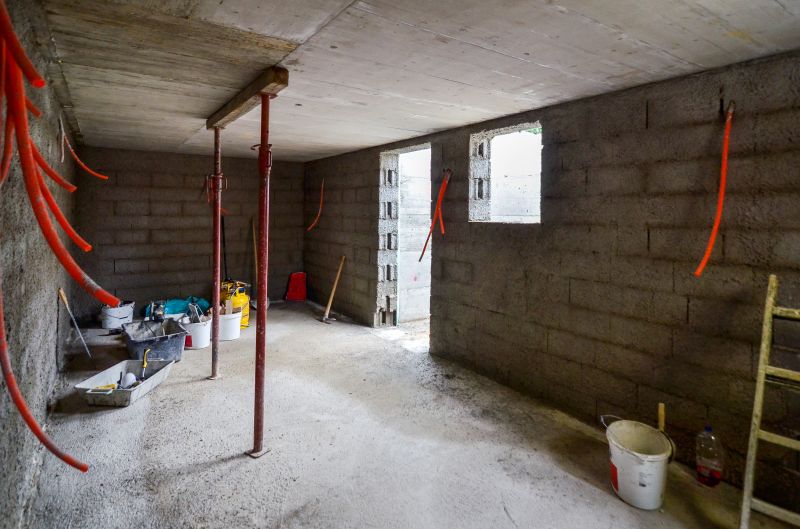
Ways to make Waterproofings work in tight or awkward layouts.
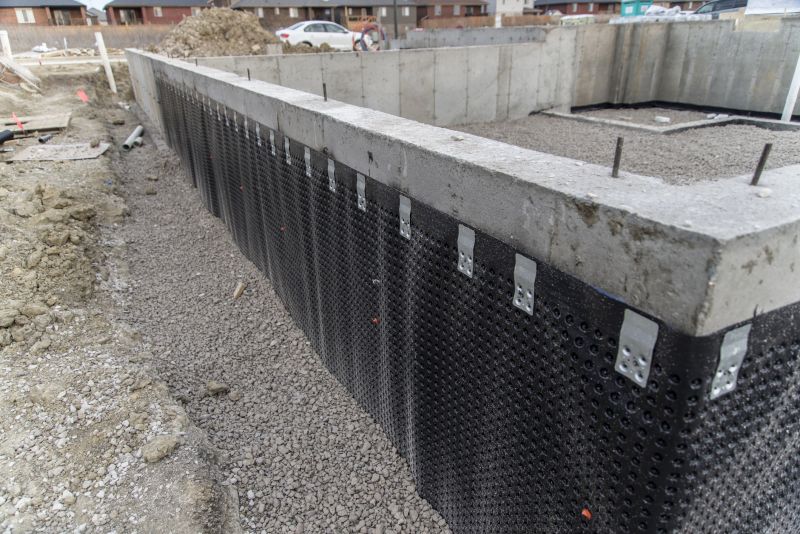
Popular materials for Waterproofings and why they hold up over time.
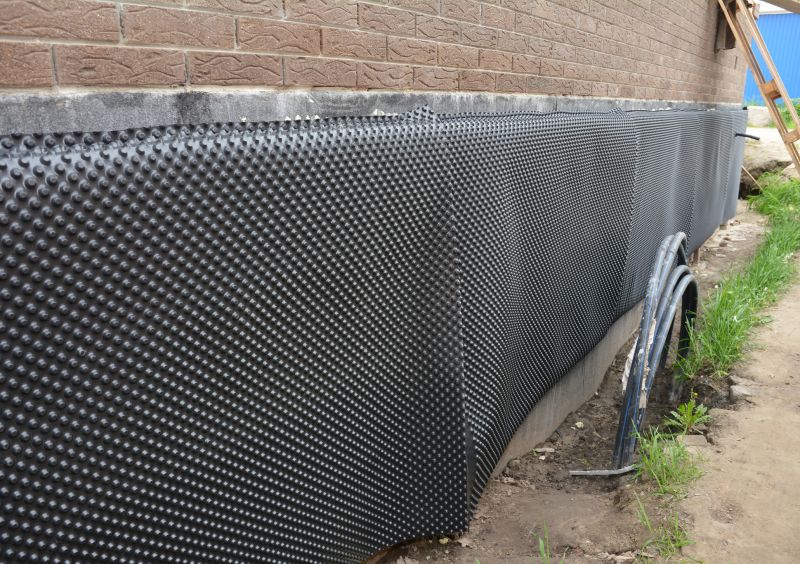
Simple add-ons that improve Waterproofings without blowing the budget.
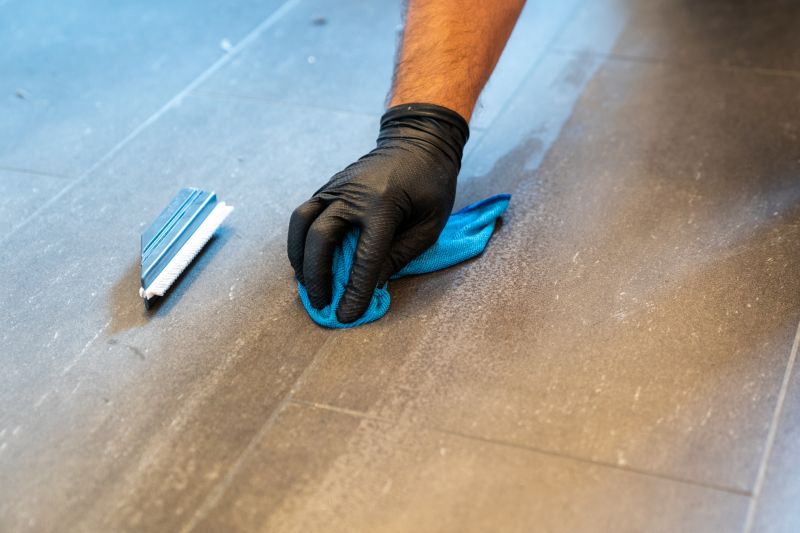
High-end options that actually feel worth it for Waterproofings.
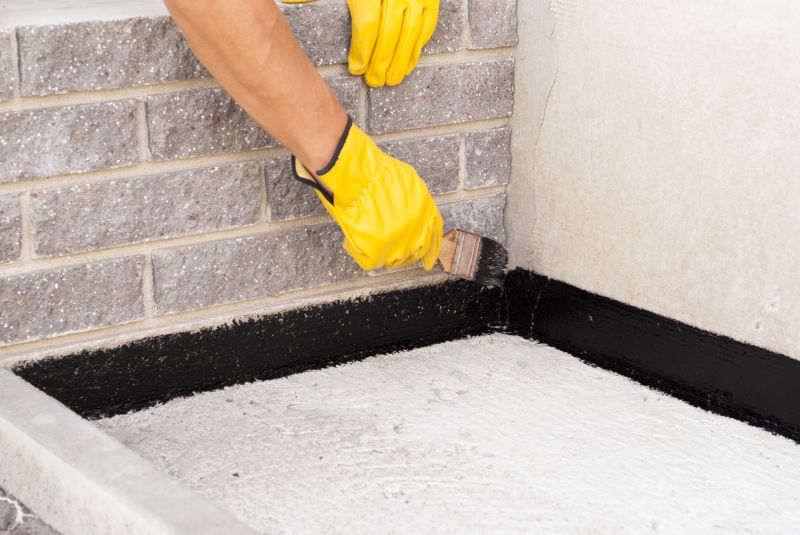
Finishes and colors that play nicely with Waterproofings.

Little measurements that prevent headaches on Waterproofings day.

A 60-second routine that keeps Waterproofings looking new.
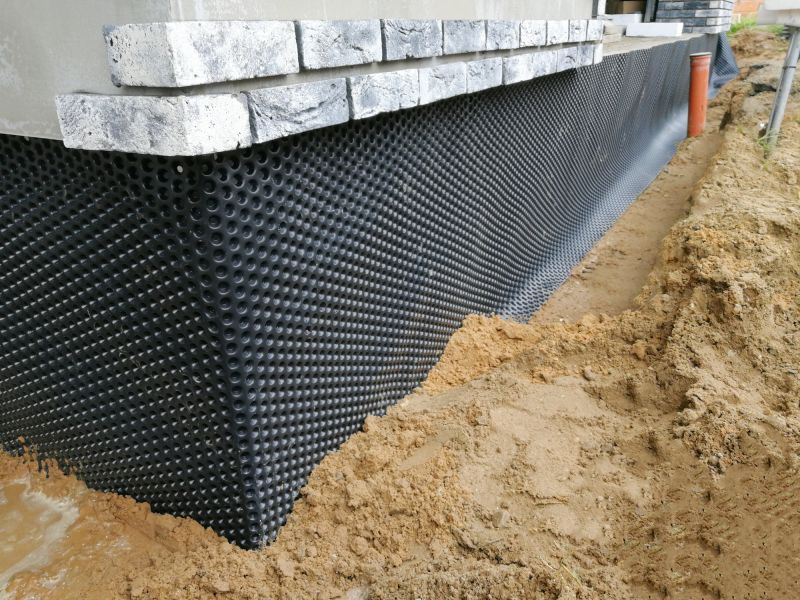
A frequent mistake in Waterproofings and how to dodge it.

Small tweaks to make Waterproofings safer and easier to use.
Waterproofing is a crucial process for protecting structures from water intrusion, which can cause significant damage over time. Proper waterproofing enhances the longevity of buildings, prevents mold growth, and maintains structural integrity. It involves applying specialized materials to surfaces such as foundations, roofs, and walls to create a barrier against moisture penetration.
Statistics indicate that water-related damages account for a substantial percentage of property repairs annually. Implementing waterproofing measures during appropriate seasons can significantly reduce maintenance costs and extend the lifespan of structures. The effectiveness of waterproofing depends on the correct selection of materials, surface preparation, and application conditions, emphasizing the importance of timing.

Lower-waste or water-saving choices for Waterproofings.
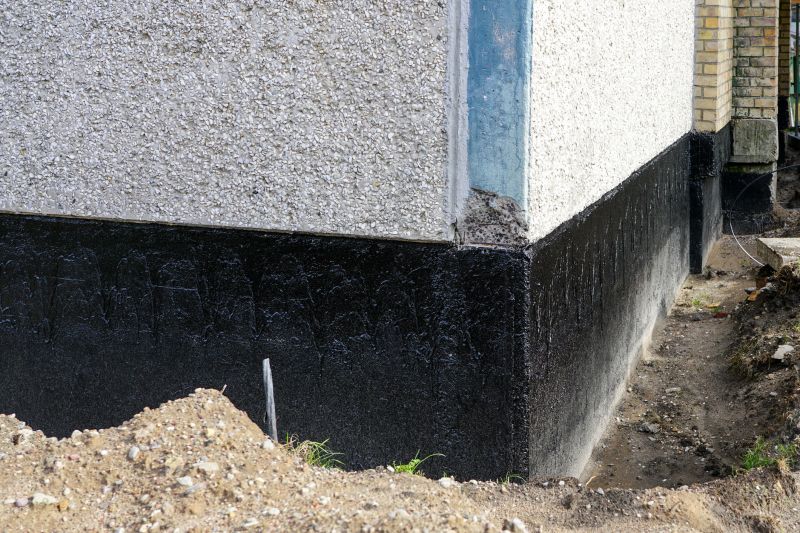
The short, realistic tool list for quality Waterproofings.
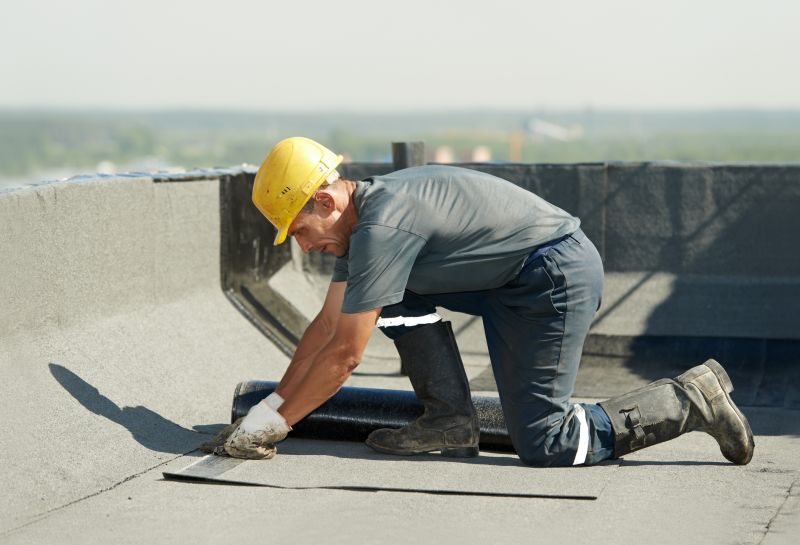
Rough timing from prep to clean-up for Waterproofings.
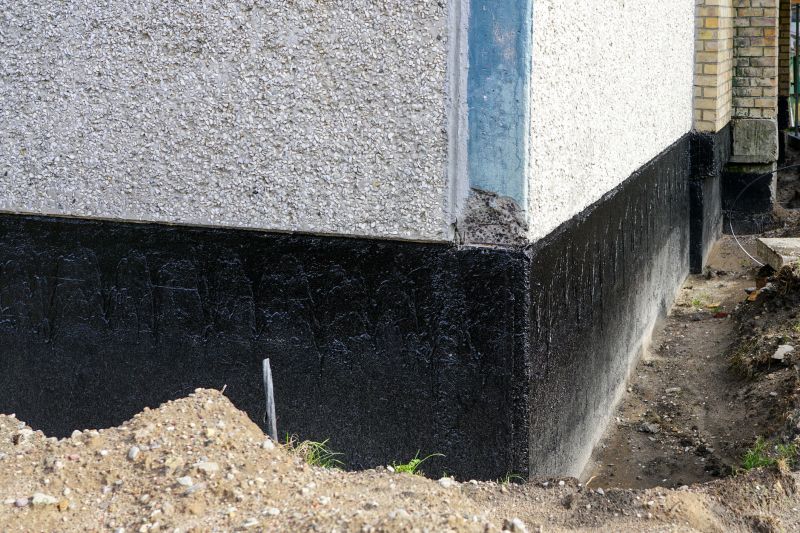
Quick checks and paperwork to keep after Waterproofings.
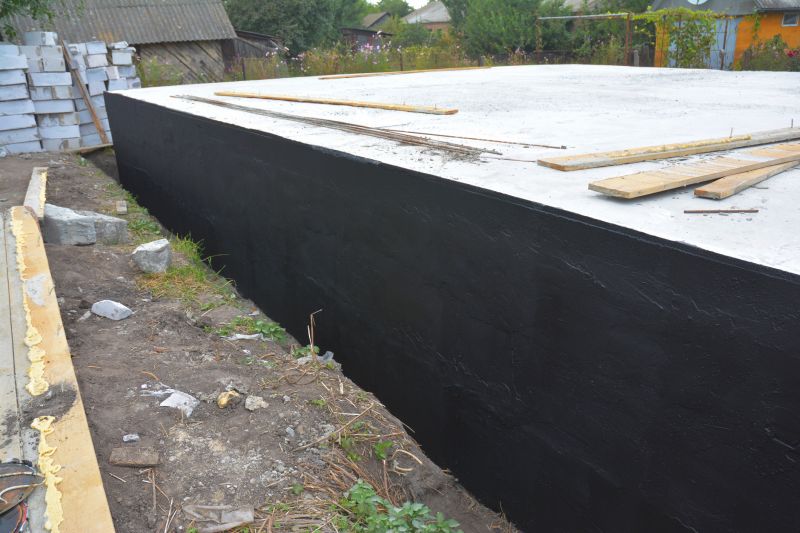
Examples that show the impact a good Waterproofings can make.
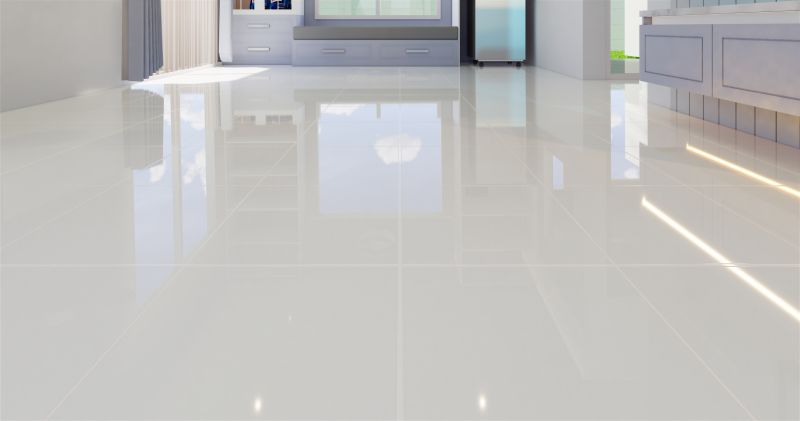
Ways to make Waterproofings work in tight or awkward layouts.

Ways to make Waterproofings work in tight or awkward layouts.

Ways to make Waterproofings work in tight or awkward layouts.
For those interested in waterproofing services, filling out the contact form provides an opportunity to discuss specific needs and project timelines. Proper planning and execution can ensure long-lasting protection against water damage.

